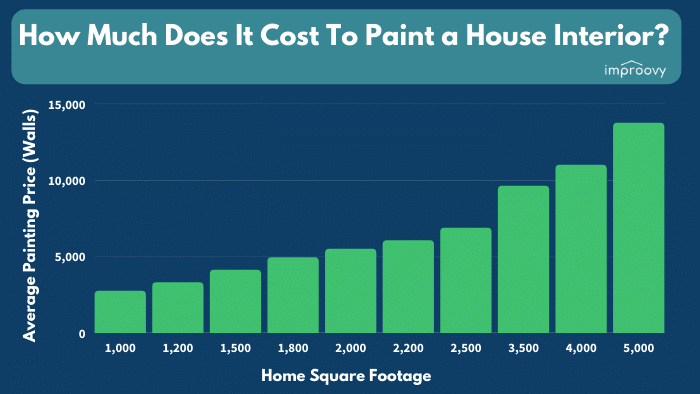
James Hardie fiber cement siding makes a stunning improvement to the exterior and long-term durability of a home. It is strong and durable, with low maintenance. It can also withstand moisture and fire. It is resistant to hail, wind, and freezing temperatures. You can even add insulation to increase the durability of your home.
With the climate changing and wildfires on the rise, it is important to ensure that your home's exterior is protected from these elements. Siding is an expensive investment that can pay off quickly, but you should make sure your siding lasts. If your siding is not up to par, it can cause water damage which could lead to serious problems for your home's interior.
James Hardie guarantees that your siding will resist weather and endure the test of time with a 30-year warranty. Moreover, you can get a variety of styles to suit your home's aesthetics. Vertical plank siding offers a more traditional look. This siding is made of a mixture of cement and cellulose fibers. HardiPlank is not like vinyl siding and doesn't need to be painted often. It will last for many years.

Fiber cement siding also is eco-friendly. It doesn't contribute to global deforestation. In addition, it is resistant to flooding and pest infestation. You're helping the environment, while also increasing the worth of your home.
Additionally, fiber cement siding is a great way to reduce the costs of your energy bills. Fiber cement siding can reduce the cost of replacing materials, saving you money over the life-span. You will not have to worry about water damage at home because it is water resistant.
Its fire-resistant properties are a major plus. There are many siding options that can cause damage to your home. James Hardie's fiber-cement siding has a Class A fire rating, so it is ideal for adding fire protection.
James Hardie provides a variety products to meet your needs. Whether you want a simple horizontal lap design, a more traditional look with wood grain, or a more modern style with stucco, you can find the right James Hardie siding for your home. It is also made locally so it is sustainable.

James Hardie fiber cement siding has another advantage: it is very easy to clean. You can use a garden hose to wipe down the siding. You can then paint the siding with any color that you choose. You can also install foam insulation between the siding and walls to make your home more comfortable and efficient.
James Hardie Fiber cement siding can be expensive despite the many benefits. You should hire professional installers who are experienced in the installation of James Hardie fiber cement siding. You can't go wrong with a contractor who is qualified to install your siding. James Hardie offers a contractor certification program to ensure your contractor is competent.
FAQ
What is a Service Agreement template?
A service agreement templates is a template that contains all the details for a particular service agreement. You can use a service agreement templates to create a standard type of agreement.
Service agreements are essential because they establish the relationship between parties.
They assist both parties in understanding each other's needs, and their expectations. They also ensure that both parties know exactly what they are getting into before signing off on the deal.
How do I obtain a service agreement?
You can obtain a standard form of SCA from your local government or contracting authority. You could also use the online quote generator to get more information about your needs and then send your details to us so we can reach you with additional information.
Do I have to think about any additional factors?
Yes - check your local laws regarding the types of projects you can undertake and the conditions you need to meet. Some states require you to get approval from the council to build. Other states say that you only need to notify them of your plans. Check with your local authorities to see where they stand on the issue.
Statistics
- (d) Contractor disputes related to compliance with its obligation shall be handled according to the rules, regulations, and relevant orders of the Secretary of Labor (see 41 CFR60-1.1). (acquisition.gov)
- Depending on the client's trustworthiness and financial stability, a deposit is usually 10 to 50% of the total contract amount. (lawdepot.com)
- (1) Except as provided in paragraphs (a)(4) and (a)(8) of this section, if the estimated amount of the contract or subcontract is $10 million or more, the contracting officer shall request clearance from the appropriate OFCCP regional office before- (acquisition.gov)
- While we offer all our high-quality services at competitive prices, we know that many who need our services are on fixed incomes, so we offer a 10 percent discount for seniors and military members. (homeservicecontractorsinc.com)
- (3) The contracting officer may provide for a contract price adjustment based solely on a percentage rate determined by the contracting officer using a published economic indicator incorporated into the solicitation and resulting contract. (acquisition.gov)
External Links
How To
What should a service agreement include?
Any business relationship requires a Service Agreement. It describes what you expect of each other and how to achieve it. The SA also describes when and how you expect the other side to meet its contractual obligations.
A successful SA must include these key elements:
-
Both parties will agree to the scope of work.
-
Details about the payment terms.
-
A price agreed upon for the project.
-
Any additional charges, like VAT, etc.
-
Discuss any other matters.
-
Who will be held responsible for any problems that may arise on the job?
-
How disputes are resolved
-
What happens if one party breaches the contract.
-
What happens when there is a disagreement?
-
When does the contract go into effect?
-
What happens if one or both of the parties fail to perform.
-
How long can you wait to pay invoices
-
Who pays for travel expenses?
-
Where the money is coming from.
-
What happens if a client changes his mind?
-
What happens when the supplier doesn’t show up.
-
Who is allowed to access the site during construction
-
What happens if the customer cancels the project.
-
What happens if the product is faulty.
-
What happens when the manufacturer refuses supply?
-
What happens if equipment fails?
-
What happens when the project takes longer to complete?
-
What happens if the work isn’t completed within the stipulated time?
-
What happens to the project if it isn't up-to-standard?
-
What happens when the cost is too high?
-
What happens if materials are not delivered on time?
-
What happens when the material arrives damaged.
-
What happens when the products don't meet standards?
-
What happens if the job has to be canceled?
-
What happens if the company goes bankrupt?